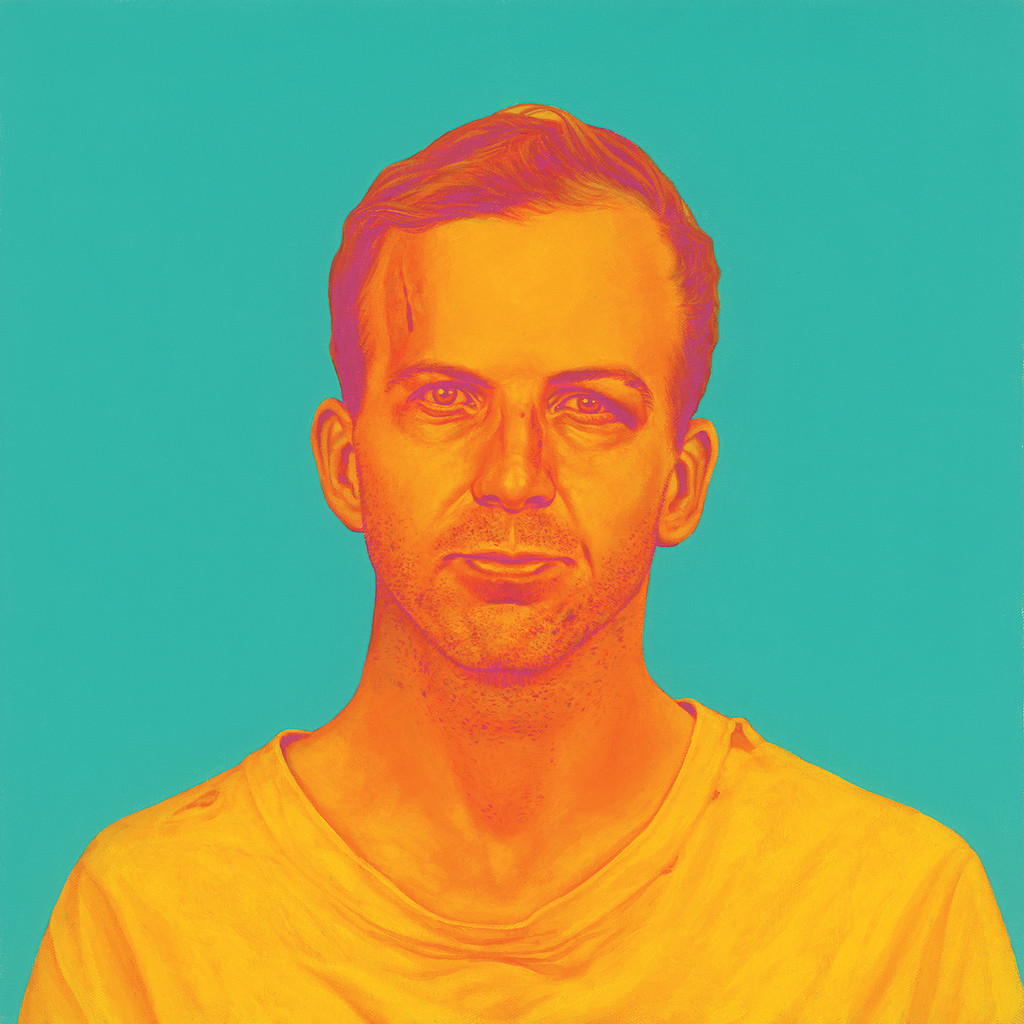Hit And Run is the Saint Cecilia Knows label’s two CD anthology of Jack Ruby, the New York City band who recorded and gigged sporadically from 1973 to 1977. Lydia Lunch was a fan during Jack Ruby’s run; Byron Coley and Thurston Moore became fascinated by the group when doing research for their No Wave book. On March 19th, after Hit And Run started its promo cycle and over a month before its release, guitarist Chris Gray passed away. It’s a shame he won’t be around to see how well his music will be appreciated once the collection hits stores — it’s fascinating stuff.
Gray wanted the band to be an ‘art-punk Steely Dan’ because of The Dan’s indulgent attitude toward recording and their financial success despite a disinterest in touring. Taken out of context for the press materials, though, the phrase seems misleading. The loose experimentation on a track like the 16:23 ‘Destroy/Lost’ has more in common with the creative feedback and better-living-through-circuitry of The Los Angeles Free Music Society, while ‘Bored Stiff’ and ‘Bad Teeth’ recall the nasty Cleveland punk of The Electric Eels.
The Velvet Underground’s influence can’t be denied; there’s a requisite lyrical nod to ‘Sister Ray’ ("I couldn’t hit it sideways"). And just as The Velvets’ John Cale turned the viola into a rock instrument, so did Jack Ruby’s classically trained Boris (also known as Boris Policeband). Because of its reputation as being the refuge of lesser players, the viola is perhaps the most punk-rock string instrument — the high-school student who made news by getting accepted into all eight Ivy League colleges is a violist, and what’s more rebellious than outdoing all your peers?
Jack Ruby’s closest reference point, though, aside from The Velvet Underground, might be Cleveland’s The Styrenes, who would record an hour-long interpretation of Terry Riley’s In C later in their career.
Multi-instrumentalist Randy Cohen’s contributions to Jack Ruby included the Serge synthesiser, with musique concrète sounds patched through. Cohen helped develop the Serge, an analog modular synth, at an early 1970s electronic workshop at the California Institute of the Arts, while on the teaching faculty along with the device’s namesake, Serge Tcherepnin. The second disc of Hit And Run is devoted to Cohen’s 1972 and 1974 Serge pieces.
Cohen’s work is especially notable on the final track, the 16:51 ‘Ghost Note,’ where the Serge explores the same wild frontiers as Morton Subotnick’s Buchla on his Silver Apples Of The Moon. The very short tracks, such as the interstitial ‘Parietal Cha Cha,’ have their own sci-fi appeal.
Chris Gray said in an oral history that Jack Ruby had "the highest combined IQ in the history of rock & roll." 1970s New York City had its share of intellectual punk rockers, including Patti Smith and Richard Hell and anyone who hung out with William S. Burroughs, but there has always been a strained relationship between the nerds and the true-cult punks. It’s brave to put your own intelligence out there as a selling point, and given that it’s hard to hear some of the lyrics on Hit And Run, that bravery may not have made it through the recording process. Hit And Run has fairly narrow appeal, and not just because of Jack Ruby’s obscurity — its heart is in the art/noise Venn-diagram overlap where White Light/White Heat exists. It’s when one thinks about how alienating and polarising this music is that the Steely Dan comparison begins to make sense after all.


